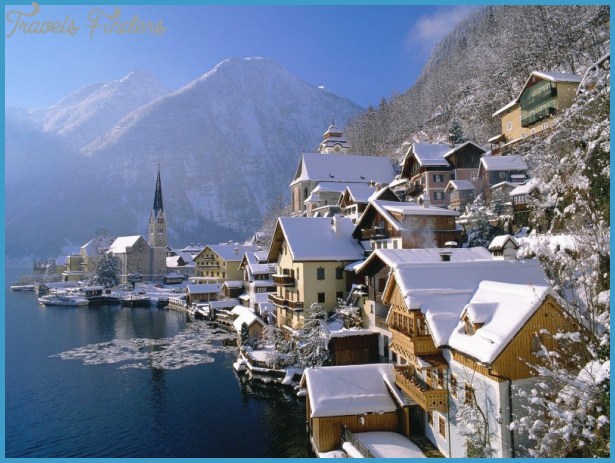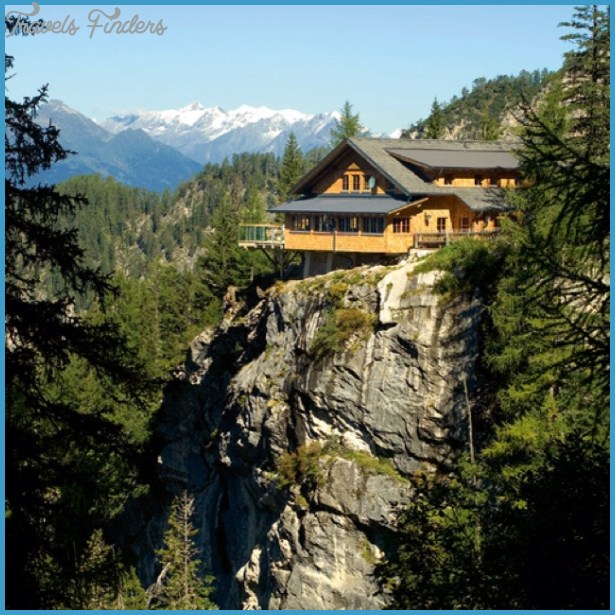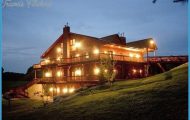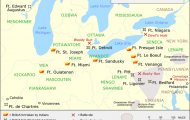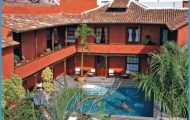WHEN TO GO FOR AUSTRIA
November to March is peak ski season; prices in western Austria double and trav elers need reservations months in advance. The situation reverses in the summer, when the flatter eastern half fills with vacationers. Sights and accommodations are cheaper and less crowded in the shoulder season (May-June and Sept.-Oct.). However, some Alpine resorts close in May and June call ahead. The Vienna State Opera, the Vienna Boys’ Choir, and many major theaters throughout Austria don’t have any performances during July and August.
DOCUMENTS AND FORMALITIES
VISAS. EU Citizens do not need a visa. Citizens of Australia, Canada, New Zealand, South Africa, and the US do not need a visa for stays of up to 90 days.
EMBASSIES. All foreign embassies in Austria are in Vienna (88). Austrian embassies at home include: Australia, 12 Talbot St. Forrest, Canberra ACT 2603 ((612) 6295 1533; www.austriaemb.org.au); Canada, 445 Wilbrod St, Ottawa, ON KIN 6M7 (613-789-1444; www.austro.org); Ireland, 15 Ailesbury Court, 93 Ailes- bury Rd. Dublin 4 ( (353) 1 269 4577); New Zealand, Level 2, Willbank House, 57 Willis St. Wellington (04 499 6393; austria@ihug.co.nz); South Africa, 1109 Dun can St. Momentum Office Park, Brooklyn, Pretoria 0011 ((012) 45 29 155; autemb@mweb.co.az); UK, 18 Belgrave Mews West, London SW1X 8HU (a (020) 7235 3731; www.austria.org.uk); US, 3524 International Ct. NW, Washington, D.C. 20008 ( 202-895-6700; www.austria.org).
TRANSPORTATION
BY PLANE. The only major international airport is Vienna’s Schwechat Flughafen (VIE). European flights also land in Linz, Innsbruck, Salzburg, Graz, and Klagen- furt. From London-Stansted, Ryanair flies to the latter three (3531 249 7851; www.ryanair.com).
BY TRAIN. The Osterreichische Bundesbahn (OBB), Austria’s federal railroad, operates an efficient system with fast and comfortable trains. Eurail, InterRail, and Europe East are valid in Austria; however, they do not guarantee a seat with out a reservation (US$11). The Austrian Railpass allows three days of travel within any 15-day period on all rail lines; it also entitles holders to 40% off on bike rental at train stations (2nd-class US$107, each additional day US$15).
BY BUS. The efficient Austrian bus system consists mainly of orange Bundes- Buses, which cover areas inaccessible by train. They usually cost about as much as trains, but railpasses are not valid. Buy tickets at the station or from the driver. For bus info, call (0222) 711 01 between 7am-7pm.
BY CAR. Driving is a convenient way to see more isolated parts of Austria, but gas is costly, an international license is required, and some small towns prohibit cars. The roads are well-maintained and well-marked, and Austrian drivers are quite careful. Mitfahrzentrale (ride-sharing services) in larger cities pair drivers with riders for a small fee. Riders then negotiate fares with the drivers. Be aware that not all organizations screen their drivers or riders; ask in advance.
BY BIKE. Bikes are a great way to get around Austria; roads are generally smooth and safe. Many train stations rent bikes and allow you to return them to any participating station. Consult local tourist offices for bike routes and maps.
TOURIST SERVICES AND MONEY
Police; 133. Ambulance: 144. Fire: 122.
TOURIST OFFICES. Virtually every town has a tourist office marked by a green i sign. Most brochures are available in English. Visit www.austria-tourism.at for more Austrian tourist info.
MONEY. On January 1, 2002, the euro (‚) replaced the Schilling (ATS) as the unit of currency in Austria. For more info, see 14. As a general rule, it’s cheaper to exchange money in Austria than at home. Railroad stations, airports, hotels, and most travel agencies offer exchange services, as do banks and currency exchanges. If you stay in hostels and prepare most of your own food, expect to spend anywhere from ‚30-60 per person per day. Accommodations start at about ‚12, while a basic sit-down meal usually costs around ‚10. Menus will say whether service is included (Preise inclusive or Bedienung inclusiv); if it is, you don’t have to tip. If it’s not, leave a tip up to 10%. Austrian restaurants expect you to seat yourself, and servers will not bring the bill until you ask them to do so. Say ZaMen bitte (TSAHL-en BIT-uh) to settle your accounts, and don’t leave tips on the table. Be aware that some restaurants charge for each piece of bread that you eat during your meal. Don’t expect to bargain except at flea markets and the Naschmarkt in Vienna. Austria has a 10-20% value-added tax (VAT), which is applied to purchased goods. You can get refunds for purchases of over ‚75 at one store.




